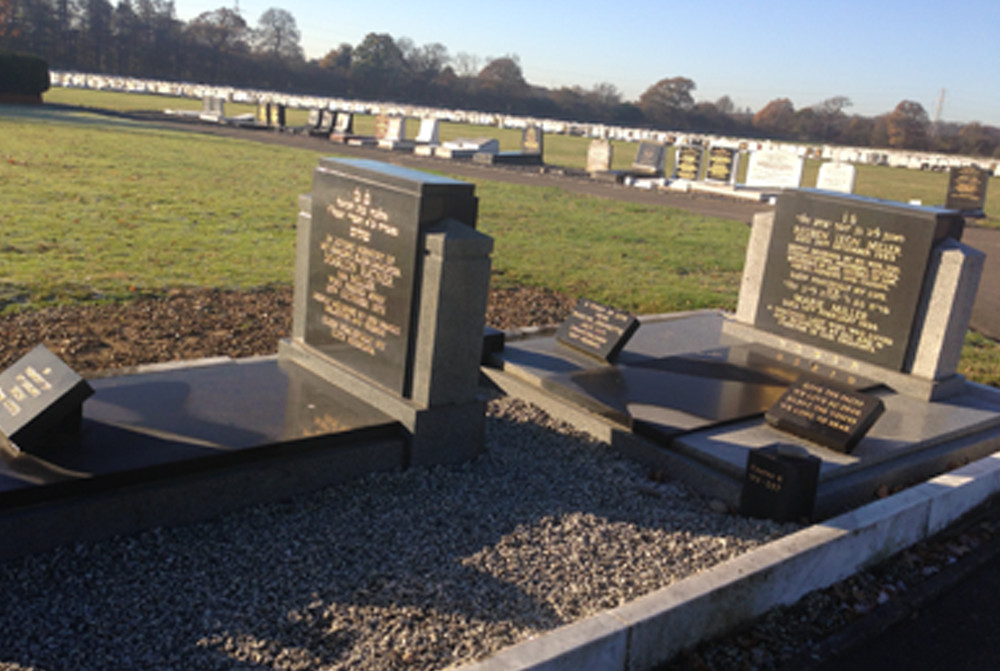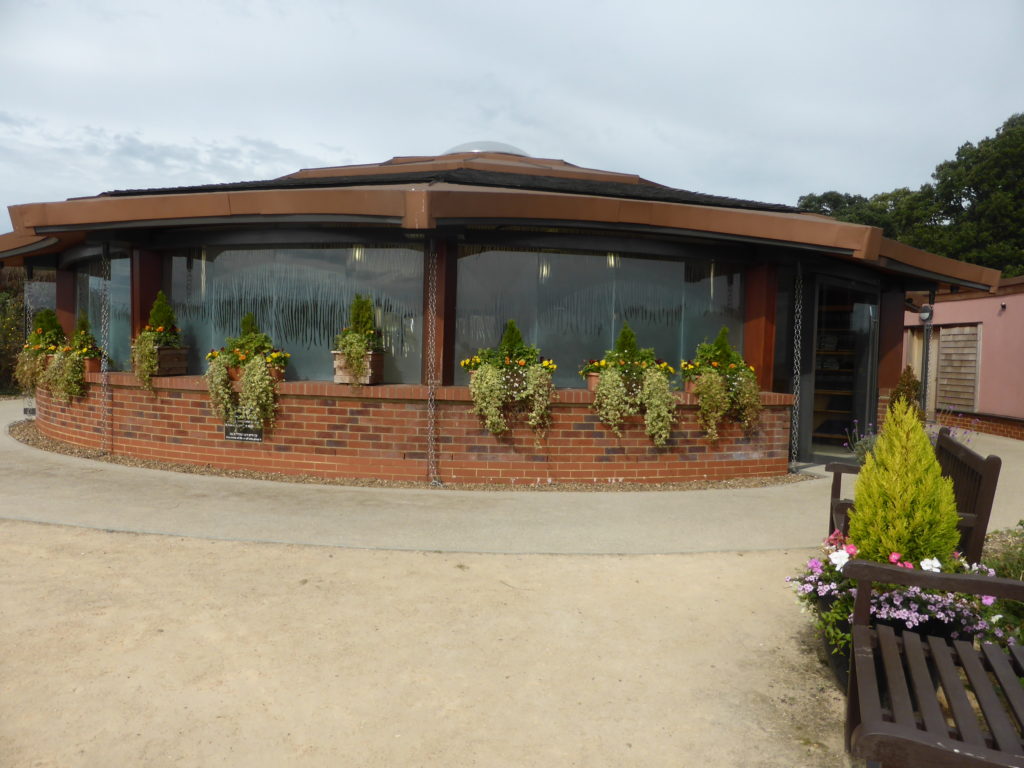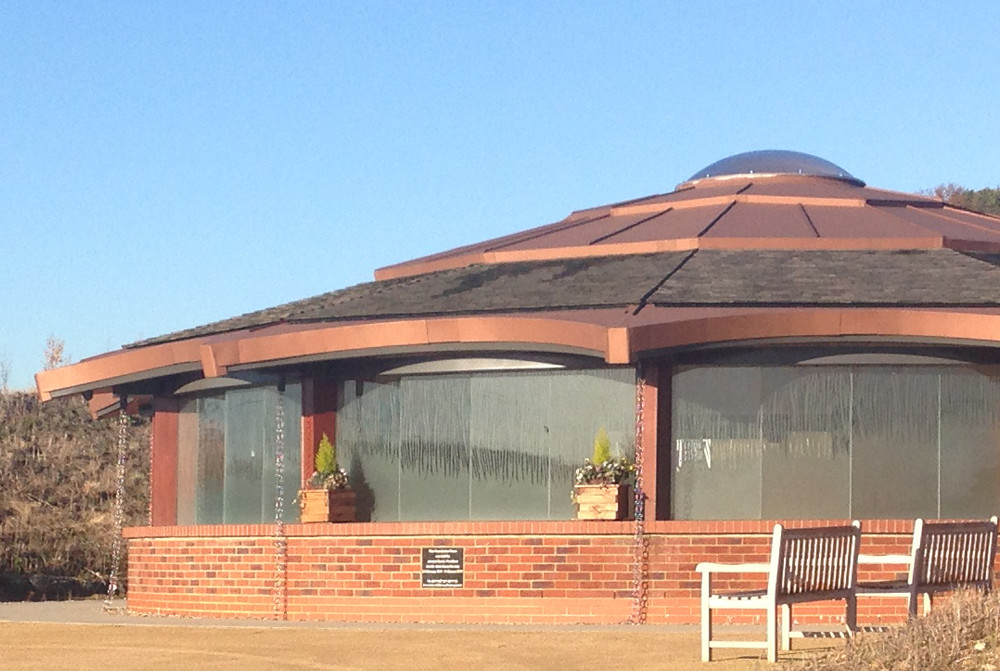Jewish Funeral Practices



Few individuals go through life untouched by the pain and sorrow of loss and bereavement. For all its affirmation of life, Judaism understands death as a withdrawal from life, not just for the bereaved (obviously) but for all who are touched by the death.
Jewish mourning custom and practice that have developed are designed to shepherd the mourners through this sad and difficult period and back into life. Some of these practices are based on little more than superstition, folklore and importation from other cultures. There can sometimes be tension between what Jewish tradition might or might not be seen as requiring and what the individual mourner might find supportive and consoling. In the last resort, mourners should be guided by their hearts about what might help them regain their lives after bereavement.
Given the diversity of contemporary Jewish life, different members of a family might wish to follow practices which other members do not (e.g. k’riah). Sensitivity and tolerance should be the keywords here.
NB the customs and practices below apply equally to bereaved women and men.
Aninut
The period between the death and the funeral. The mourner at this stage is called an onen. Aninut may last no more than a few hours; usually not longer than a day or so. During this period, the only obligation on the bereaved is to arrange the funeral. Traditionally, they are exempt from positive mitzvoth including attendance at synagogue and, therefore, saying *kaddish*. Some mourners, however, find comfort from being with their community and will choose to attend services.
Bal Tashchit
(Hebrew: בל תשחית) (“do not destroy”) is a basic ethical principle in Jewish law. The principle is rooted in the Biblical law of Deuteronomy 20:19–20. In the Bible, the command is said in the context of wartime and forbids the cutting down of fruit trees in order to assist in a siege.
Candles
Some light two candles in a shivah house just before evening prayers begin. No blessing is said.
It is not clear why this is done — possibly a practice borrowed from Christian tradition. See *Memorial light
Chevra Kadisha
Also see Taharah.
The term chevra kadisha or holy fellowship refers to the group tasked with preparing the bodies of Jews for burial, according to tradition, and protecting them from desecration until the time of burial.
This group is called upon to ensure the proper respect for the deceased is shown, and they carry out the ritual cleansing of the body and subsequent dressing for burial (Taharah).
This is considered a mitzvah worthy of high praise, since tending to the dead is a favour that the recipient cannot return – a favour without ulterior motives or a chesed shel emet, ‘a good deed of truth’. This phrase comes from the Book of Genesis where Jacob asks his son Joseph, “do me a ‘true’ favour” and Joseph promises to bury his father in the Land of Israel.
Children attending funerals
Barely more than a generation ago, children were often sent away — to ‘protect’ them — when a death occurred in their family.
Our understanding of bereavement and grieving has changed. Whether a child attends a funeral or not obviously depends on the child’s age ~ but also on their sense of what they can deal with once what will happen at the funeral has been explained.
Parents might be so consumed with grief at the death of their own parent that they forget that their child has lost a grandparent with whom they have often had a close and deep relationship.
Cohanim
‘Priests.’
In Reform and Liberal practice, those claiming cohen status are not required to follow the traditional restrictions on their participation at the cemetery.
Masorti Judaism practices maintain these customs.
Colour of clothing
There is no specific Jewish mourning colour, though black or subdued colours have tended to become the norm.
Cremation
Reform Judaism and Liberal Judaism have no objection in principle to cremation.
Masorti Judaism does not allow cremation.
Delaying the funeral
Jewish practice has always been to bury the dead as soon as possible after the death. This sometimes means that a funeral takes place with almost excessive haste.
Delays might occur for legal reasons (the need for medical investigation into the cause of death) or because the family wishes to wait for relatives to arrive from abroad.
Eulogy
See Hesped.
Filling the grave
Those present at a funeral file past the open grave and put earth in the grave. Practice varies – some remain at the grave until the coffin is covered; others until the grave is filled. At this most difficult of times for the mourners, remaining at the graveside while this goes on may be unnecessarily painful.
It is not customary to put personal objects of the deceased in the grave with them. See Tallit.
An added mark of respect is to bury old siddurim and chumashim in the grave. Different customs have grown up around filling the grave (not handing the shovel from one person to another; using the back of the spade not the ‘normal’ side etc.) The origin of these customs is not clear nor are they binding.
Flowers at funerals
While there is no halachic reason against having flowers at funerals, it has generally not been Jewish custom in this country to do so.
Guidance for relatives about the burial procedure and planting at the Woodland Cemetery can be found here.
Food and eating
Mourners should not have to take care of catering arrangements during shivah.
Friends or a group within the synagogue should ensure that catering arrangements are taken care of and that mourners have food.
Gemach
The acronym of ‘gemilul chasadim’ — ‘deeds of lovingkindness’.
Groups within synagogues quietly and confidentially attend to the material needs of mourners – which might be alimentary, financial, care for children and so on.
Hesped
The eulogy or funeral speech – from a Hebrew root meaning ‘to wail’ or ‘lament’.
Traditionally, a hesped is not given on certain occasions (e.g. festivals, New Moon, Friday afternoon) because of the joyous nature of the time. But many feel that it would not be appropriate to conduct a funeral without expressing words of appreciation of the deceased (even if it is not called a hesped).
Where the rabbi did not know the deceased, it is often more meaningful for a member of the family or a close friend to give the eulogy.
Kaddish
The obligation to say kaddish rests with those relatives who are obligated to sit Shiva .
In our minhag (our local custom), some follow the practice of all present at funeral or shivah reciting kaddish. The obligation to say kaddish rests equally on women mourners as it does on men.
For all but parents, kaddish is customarily said during the shloshim while for parents it is recited for eleven months after the funeral. See yahrzeit.
K ’riah
From the Hebrew karah, to tear — one’s garment. This is a Biblical practice, an outer act reflecting the sense of inner tearing felt on hearing of a death.
It is only done for parents, children, siblings and partners, usually in the Ohel just before the funeral service begins — a private act of coming together for the immediate family in the presence of the coffin.
In Reform and Liberal, the practice it is not a requirement.
For parents, the cut is made over the heart, for others, on the right-hand side of the garment. Maimonides argues that cutting k’riah on a good item of clothing and thus ruining it violates the principle of bal taschit “do not destroy anything wastefully.”
L’vayah
In Yiddish, ‘Levoyyah’.
The Hebrew for ‘funeral,’ meaning ‘to accompany’ accompanying the dead on the last part of their journey on earth.
At this stage, called kibbud ha-meit, literally ‘honouring the dead,’ the focus is essentially on the dead.
Low chairs
Biblically, on hearing of the death of a loved one, a mourner tore their clothes (hence *k’riah*) put on a sackcloth garment, heaped ashes on their head and sat on the ground — an external expression, possibly, of that inner feeling of being cast down by the death.
Sitting on low chairs by mourners is the equivalent today of sitting on the ground.
Matsevah
See Stonesetting.
Memorial light
It is customary to light a memorial light at any point from the death onwards.
A light is kept burning throughout the shivah period.
Mirrors
Covering reflective surfaces (mirrors, television screens etc) and removing photographs of the deceased, are not requirements of Jewish law.
However, while formal prayers are being recited, mourners should not face a reflective surface.
Mourner
Traditionally a mourner (avel) is someone who has lost a parent, partner, brother or sister or child.
Others can be included as mourners as appropriate to the circumstances of the family.
Non-Jewish family
Jews-by-choice obviously mourn any death in their family as Jews. This applies also when the death is of a non-Jewish member of their family.
They recite kaddish, sit shivah and so on. Non-Jewish partners may follow Jewish mourning practice alongside the Jewish family of their partner.
Ohel
The hall or chapel at the cemetery or crematorium.
Onen
The mourner in the period between death and the funeral. Am’nut.
Seudat Hav ’ra ’ah
Literally ‘the meal of recovery.’ The first food consumed by mourners after the funeral and traditionally consists of hard-boiled eggs, herring and bread: foods symbolic of life.
It is usual for friends to prepare this for the mourners.
Shaving
Some resume shaving after shivah, others at the end of the sh’loshim. Sh’loshim (meaning 30 days), referring to the 23 additonal days after the Shiva period, whereby the intense mourning is reduced and the mourner slowly emerges back into society. Those bereaved of a parent, the less intense period continues to the 1st anniversary after burial.
Shiva
Hebrew for ‘seven,’ referring to the first seven days of public mourning after the funeral, the most intense stage in the formal cycle of mourning.
Customarily mourners do not go to work, pay little attention to their personal appearance and remain at home. People come to sit with the mourners — an opportunity to offer words of comfort, share memories of the deceased and so on.
Reform and Liberal practice is to sit anything between one day and the full shivah period. Evening service is said at the home while the family sit shivah. In some homes, an early, pre-work morning service is said.
‘Public’ signs of mourning are held in abeyance during Shabbat and major festivals. While it might be traditional not to sit shivah during festivals, some feel that it is helpful to do so and they should be supported. Jews-by-choice sit shivah in the normal way for non-Jewish members of their family.
Tallit
Different practices exist regarding burying the deceased wrapped in their tallit, with the tallit in the coffin etc.
There is no uniformity of practice, traditionally or otherwise.
Taharah
Literally ‘purification’.
Because it is the antithesis of life, death is seen as ritually defiling, not just for the living (as with the traditional Cohen who does not go into a cemetery) but also for the dead.
Taharah is the act of washing and preparing a body for burial. In some synagogues, the Chevrah Kadishah performs this function. Literally the ‘holy brotherhood,’ it is a group of volunteers who ritually wash and dress a body just before the funeral a men do it for men; women for women. In other communities, the Burial Society fulfils this function.
Tsedakah
It is customary to make charitable offerings when one is bereaved.
T’siduk Ha-din
Literally ‘the righteousness of the judgement’.
The section of the funeral service just before the committal. In the Jewish understanding, only God can make any judgement about the deceased.
Visiting the cemetery
There is no requirement to visit the cemetery. Some wait until the end of the sh’loshim, others until just before the stone setting. Many go and visit graves of family just before Rosh Hashanah.
It is not customary to make frequent visits to the cemetery, but this will obviously be a matter of personal choice.
It is customary to put a small stone on a gravestone following a visit. In nomadic times, the dead would be buried at the roadside and a mound of stones put on the grave to protect it against the weather and scavenger animals. Travellers passing subsequently would build up the mound again as a sign of respect for the dead.
Washing hands
After the interment at the graveside, the assembly leaves the burial area, often to return to the 0hel to conclude the service.
At the boundary between the burial ground proper and the prayer hall, there is a ritual washing of hands so as to emphasise one is leaving the realm of death and re-entering the world of life.
No blessing is said.
Women at funerals, shivah etc.
Practice is evolving, but in the past it was traditional for women not to come to funerals or to leave the room when prayers were about to begin in a shivah house.
This has never been Reform or Liberal practice and women mourners behave, and are treated, as any other mourner.
Yahrzeit
Yiddish for ‘anniversary of death.’
Called nachalah, ‘inheritance’ in Sephardi practice and Yom Hashanah, ‘year day,’ in modern Hebrew.
Apart from the first anniversary, it is observed on the anniversary of the death, not of the burial.
Yizkor
A short, additional service on Yom Kippur, Pesach, Shavuot and Shemini Atseret/Simchat Torah, at which special prayers for mourners are recited and names of the deceased are read out. Custom and practice vary from synagogue to synagogue.
In some communities, children leave the service during yizkor if their parents are still alive. Apart from being pure superstition, it allows no liturgical ‘space’ for a grandchild to mourn their grandparent.
Taken from Reform Judaism Evening Prayers
